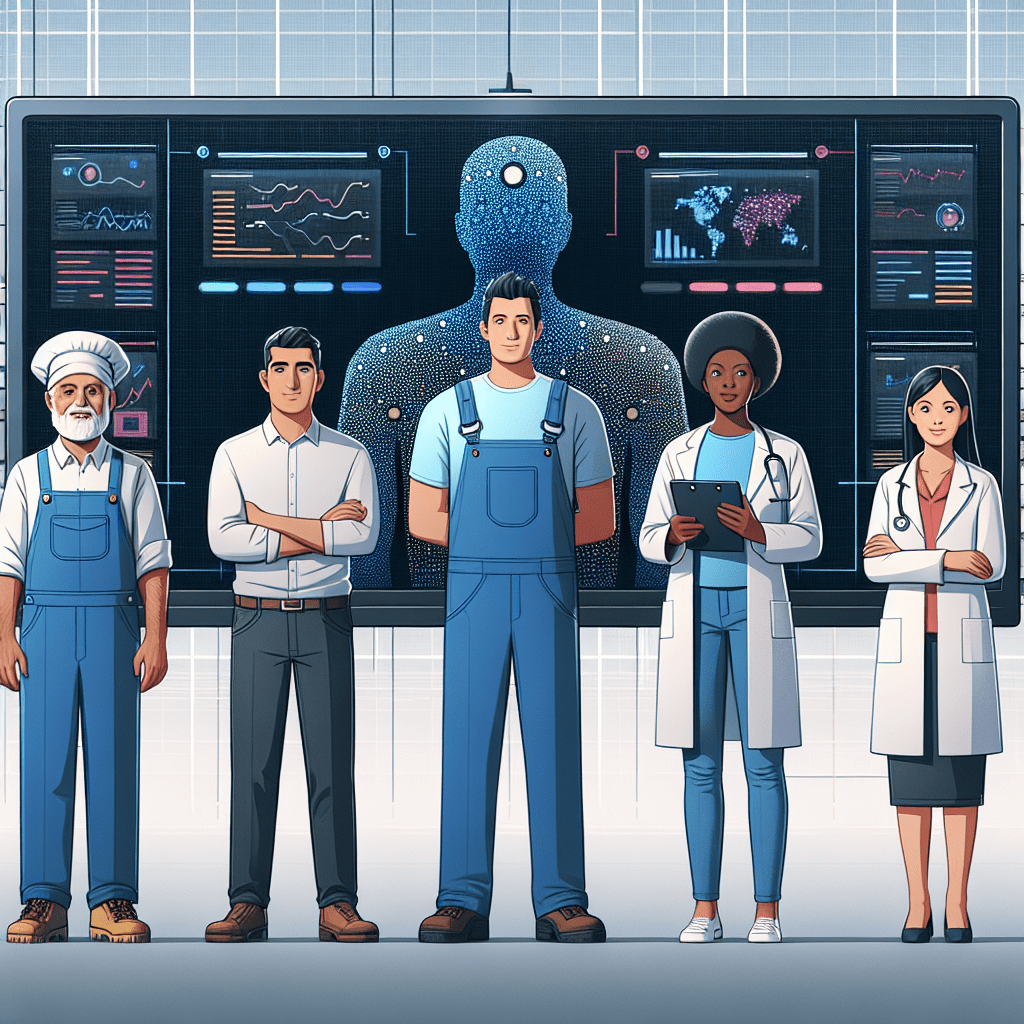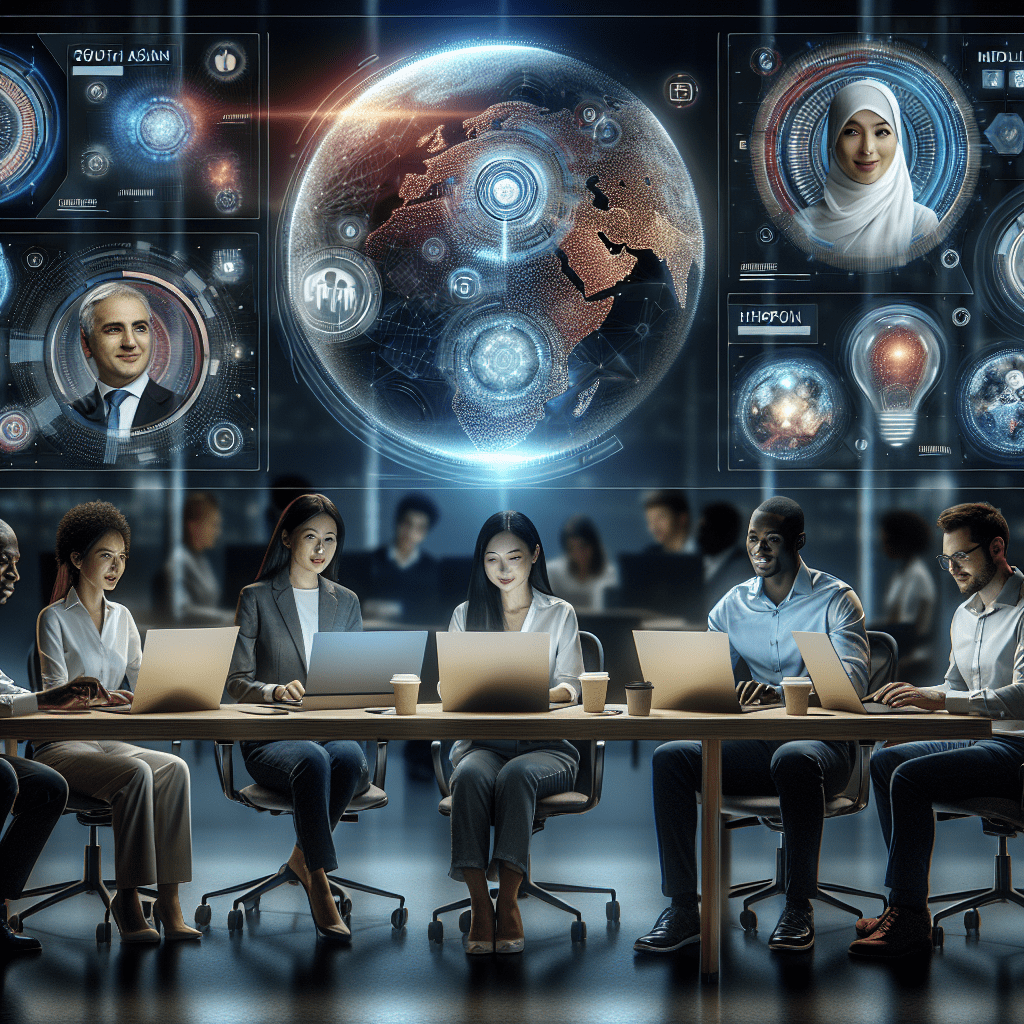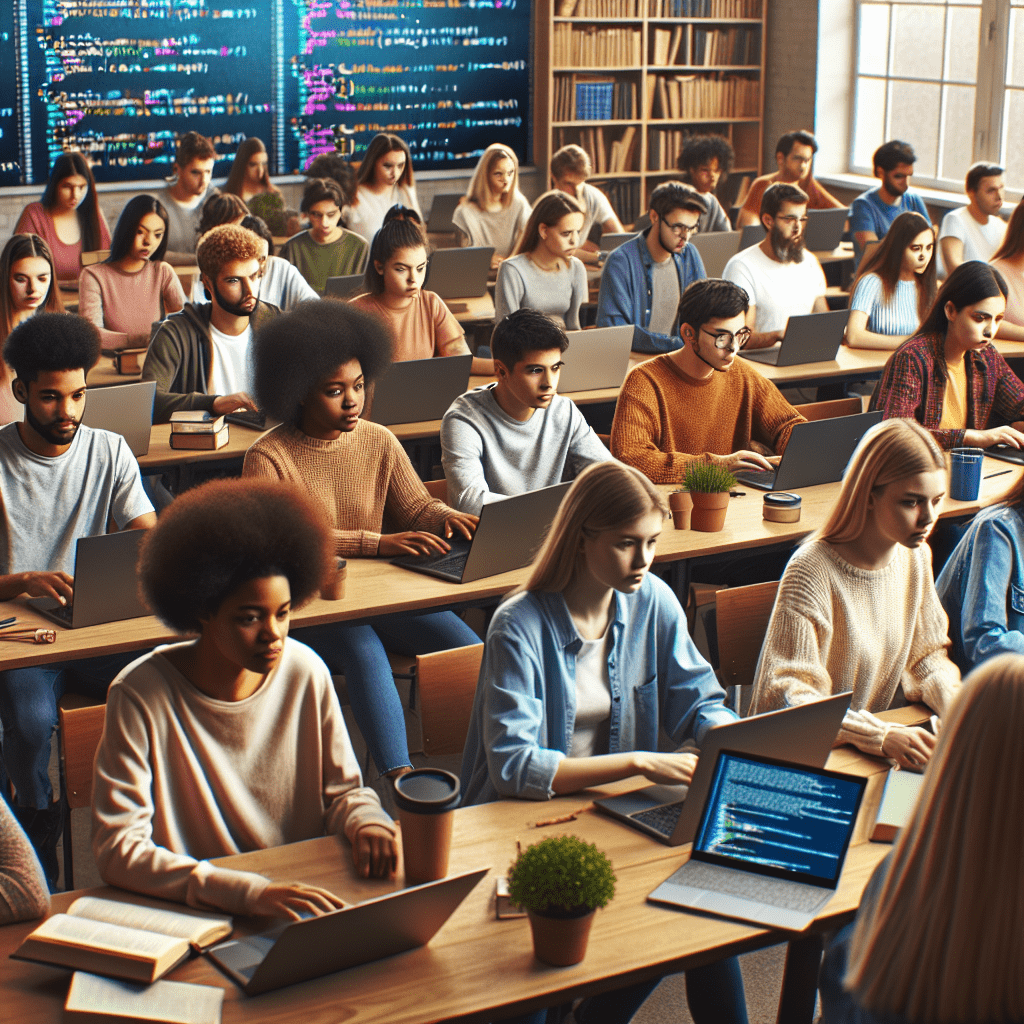Table of Contents
The rapid advancement of artificial intelligence (AI) is transforming workplaces across the globe, ushering in a new era of efficiency and productivity. As AI technologies become more sophisticated and accessible, businesses of all sizes are harnessing their power to streamline operations, automate tasks, and unlock new opportunities for growth. This article delves into the ways AI is reshaping the future of work and explores the potential benefits and challenges that come with this technological revolution.
The Rise of Intelligent Automation
One of the most significant ways AI is impacting global workspaces is through intelligent automation. By leveraging machine learning algorithms and natural language processing, AI-powered systems can take over repetitive, time-consuming tasks, freeing up human workers to focus on higher-value activities. From data entry and document processing to customer service and inventory management, AI is streamlining workflows and reducing the risk of human error.

As Anil Chakravarthy, CEO of Automation Anywhere, explains, “Intelligent automation is not about replacing human workers, but rather augmenting their capabilities. By automating routine tasks, we can empower employees to focus on more strategic, creative, and value-added work.”
Enhancing Decision-Making with AI Insights
In addition to automating tasks, AI is also transforming how businesses make decisions. By analyzing vast amounts of data from various sources, AI algorithms can uncover hidden patterns, predict future trends, and provide actionable insights to guide strategic planning. From sales forecasting and risk assessment to market research and customer segmentation, AI is empowering organizations to make data-driven decisions with unprecedented speed and accuracy.
Case Study: Unilever’s AI-Powered Hiring Process
Consumer goods giant Unilever has embraced AI to revolutionize its hiring process. By using AI algorithms to analyze candidate data and predict job performance, Unilever has reduced its average hiring time from four months to just four weeks, while also increasing diversity and reducing bias in the selection process.

“We’ve seen a significant improvement in the quality of our hires since implementing AI,” says Mike Clementi, Unilever’s Vice President of Human Resources. “The technology helps us identify high-potential candidates who may have been overlooked in the past, leading to a more diverse and capable workforce.”
Fostering Global Collaboration with AI-Enabled Tools
AI is also breaking down geographical barriers and enabling seamless collaboration among global teams. With the rise of remote work and distributed workforces, AI-powered communication and project management tools are becoming increasingly essential for fostering productivity and connection across time zones and cultures.
From real-time language translation and virtual meeting assistants to intelligent task allocation and progress tracking, AI is helping teams work together more efficiently and effectively, regardless of their location. As Slack CEO Stewart Butterfield notes, “AI has the potential to make remote work feel less remote, by providing tools that facilitate natural, contextual communication and collaboration.”

Addressing the Skills Gap and Workforce Adaptation
As AI transforms the nature of work, it is also creating new challenges for workforce development and adaptation. Many traditional jobs are being automated, while new roles are emerging that require a different set of skills and competencies. To remain competitive in the AI-driven economy, businesses and individuals alike must invest in continuous learning and upskilling.
Governments and educational institutions also have a critical role to play in preparing the workforce for the future. By developing AI-focused curricula, promoting STEM education, and fostering partnerships between industry and academia, they can help bridge the skills gap and ensure that workers are equipped to thrive in the age of AI.

As Microsoft CEO Satya Nadella emphasizes, “The future of work is not about replacing humans with machines, but rather about augmenting human capabilities with AI. It’s about creating a symbiotic relationship between people and technology, where each enhances the other.”
Conclusion
The integration of AI into global workspaces is not a distant future, but a present reality. As businesses across industries embrace AI to drive efficiency, enhance decision-making, and foster collaboration, they are fundamentally transforming the way we work. While the transition to an AI-powered economy presents challenges, it also offers immense opportunities for growth, innovation, and human flourishing.
By investing in AI technologies, upskilling their workforce, and adapting to the changing nature of work, organizations can position themselves for success in the age of AI. As we navigate this technological revolution, it is crucial that we approach AI not as a threat, but as a tool to augment human potential and create a more prosperous, connected, and fulfilling future of work.